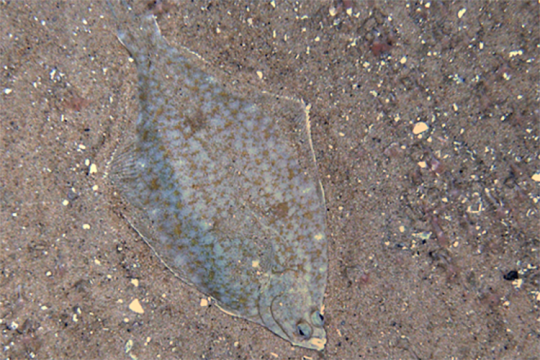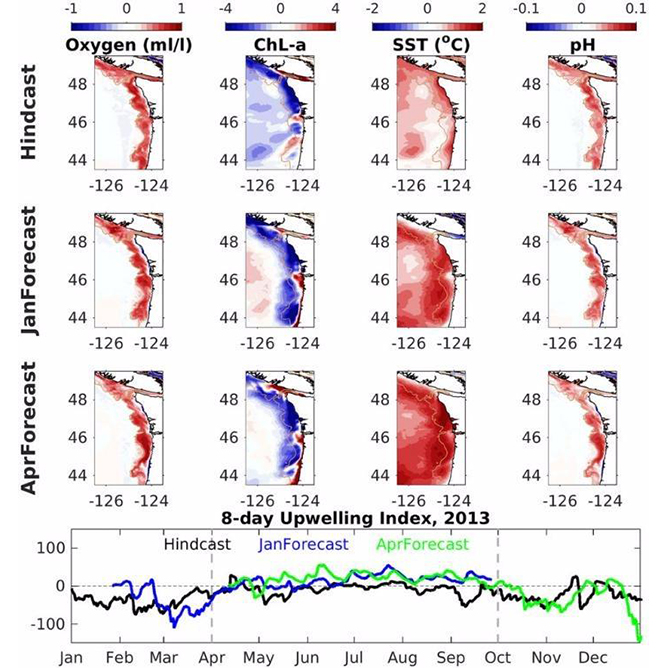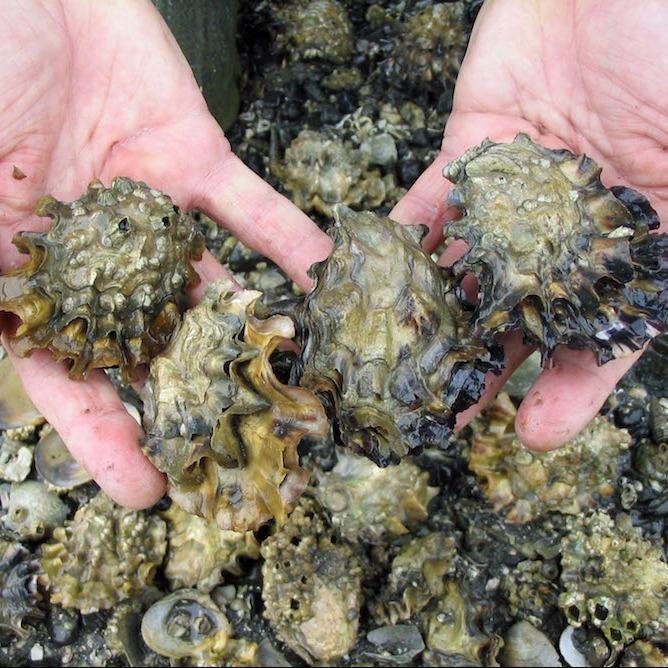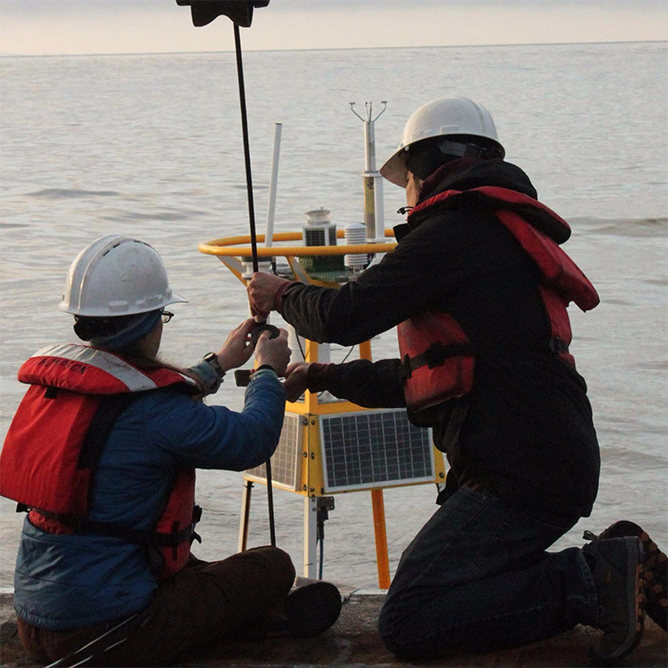Chris Chambers, NOAA Northeast Fisheries Science Center
Why we care
Winter flounder are a commercially harvested finfish that occur within the Mid-Atlantic Bight and support fisheries in several U.S. states. Understanding the potential or realized effects on ocean acidification (OA) on this fish and the implications on fished populations is essential for building resilience for this fish and the people who depend on them. This project makes the link between experimental results on the effects on winter flounder and populations using a modeling approach.
What we’re doing
We are using data from experimental studies of the effects of ocean acidification on winter flounder to construct realistic population-process models of marine finfish. The models are of an individual‐ based model (IBM) category that use detailed biological responses of individuals to OA. This tool synthesizes OA data in two different ways. First, it accumulates and connects data through mechanistic relationships between the environment and fish life‐history. Second, it allows exploration of the population‐level consequences of CO2 effects (the source of OA) which explicitly include population effects carried over from the highly sensitive early life‐stages (ELS). This information is fundamental to understanding the community and ecosystem effects of OA on living marine resources.
The project directs efforts at two different, complimentary levels. At the more detailed, specific level, winter flounder – an economically important, well‐studied fish of Mid‐Atlantic to New England waters – will be used as a model subject. Past work provides estimates of CO2 effects on key life‐history and ecological parameters (e.g., fertilization, larval growth, development, and survival) that will enhance and update the model to include these parameters. We will evaluate the winter flounder OA‐IBM under multiple scenarios: high average levels of CO2 representing future oceans in shelf habitats; high and variable CO2 depicting future inshore, estuarine habitats; and covariances of CO2 with other environmental stressors (e.g., warmer waters, hypoxia).
Benefits of our work
The models help resource managers and others assess and predict the potential impacts of ocean acidification on winter flounder. The project will produce a web‐based tool that allows users to add details from other marine finfish of the northeaster USA and OA‐affected processes as relevant OA data on those species become available.



